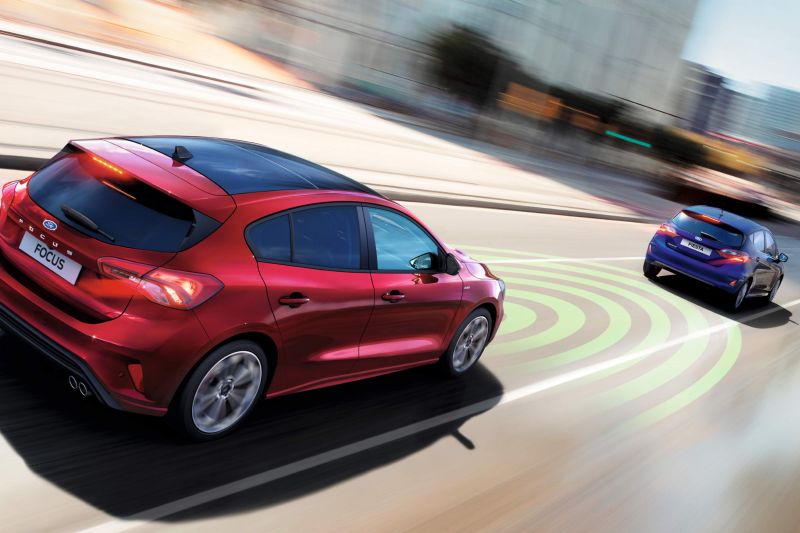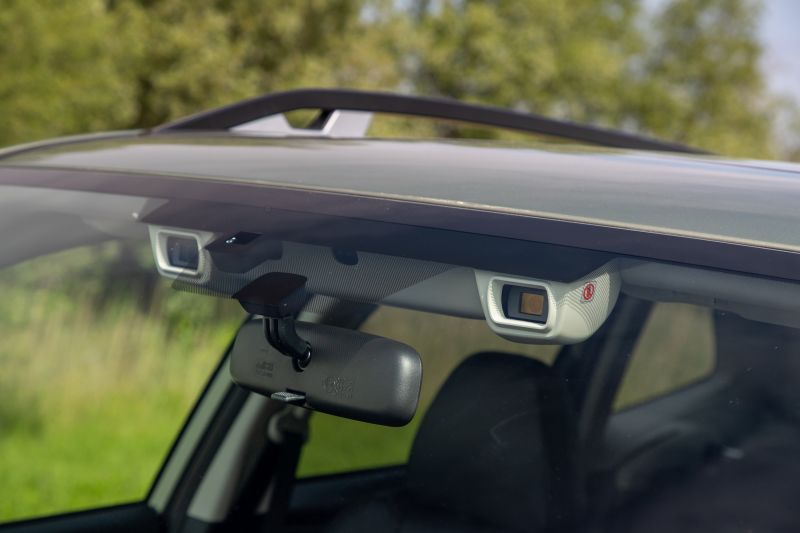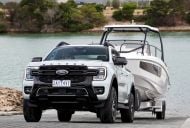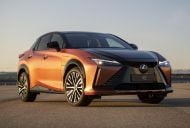I spent an hour or so the other day looking up active and preventative safety systems offered by various car brands and realised something – it’s ridiculously confusing for car buyers to know what features they’re actually getting.
UPDATE, 01/08/22 15:00: This op-ed ran in October 2020, but given the issue at hand has received some focus recently, we thought it made sense to update some of the terms and put it back on the home page.
A touchscreen diameter is self-explanatory. As are leather seats, dual-zone climate control, or MacPherson struts.
But from a shortlist of major brands read at the time of writing, there were no fewer than 22 different examples of corporate nomenclature for autonomous emergency braking (AEB) – all of which use sensors to scan ahead, warn the driver of an impending collision, and brake.
While AEB is the industry shorthand term for this common feature, brand specific terms include: Pre-Collision Safety System (PCS), Smart Brake Support (SBS), Forward Collision-Avoidance Assist (FCA), Forward Collision Mitigation (FCM), and Collision Mitigation Braking System (CMBS).
And that’s not the full spreadsheet of names by a (very) long shot.
We come swiftly to the obvious questions:
How is a punter supposed to keep up with this, and be sure of what functionality they’re getting? How can parents know they’re buying the SUV with the sort of safety functions they need? How do fleet buyers quickly make sure their company’s needs are catered for?
We live in a world now where fewer people invest hours in a showroom talking exhaustively about the car they want. Online retail is only going to grow, and the need for clarity of information will only increase.
Brands don’t call airbags ‘Inflatable Dash Cushions’ or ‘Explosive Impact Pillows’. They don’t call ABS brakes ‘Skid Stoppers’ and ‘Slip-Reducing Brake Modules’, and they don’t call seatbelts ‘Human Projectile Minimisers’. Common parlance creates familiarity, the key to acceptance.
If a brand has an AEB system, call it just that. If it’s only active at low speeds like some are then call it City AEB. If it works at higher speeds call it Constant AEB. If it senses pedestrians and cycles, call it AEB with Pedestrian and Cyclist Detection. A mouthful? Granted. But you get some clarity in return.
And that’s just the tip of the iceberg, right? How many different names have you seen for lane-keeping assist, active cruise control, and blind-spot monitoring? They all do the same things, the same ways, and often use sensors and modules sourced from the same suppliers. Yet brands give them their own names.
I’m not entirely blaming car manufacturers here. Their marketing teams are tasked with giving technology catchy titles that inspire consumers and make them look a cut above their competitors. There’s equally been a case of regulation failing to keep up with advancing technologies.
In that spirit I suggest we must develop some agreed-upon industry-wide naming standards that stay abreast of evolving technologies and concisely explain exactly what systems cars have, or don’t. No more ambiguity.
Brands have the right to their buzzwords, but there should also be a requirement to state exactly what each system can and cannot do. And the easiest shorthand for that is to lock in familiar naming conventions. ANCAP does a commendable job testing these systems, and this proposal comes in the same spirit.
As a car buyer, do you struggle to keep up with all the different names for basic safety systems that do the same thing despite sounding quite different to each other? Are you confident your partner or parent or friend who’s not a total car nut is capable of discerning fact from fiction in this landscape?
I’m not. And it’s a problem that ought to be solved.









